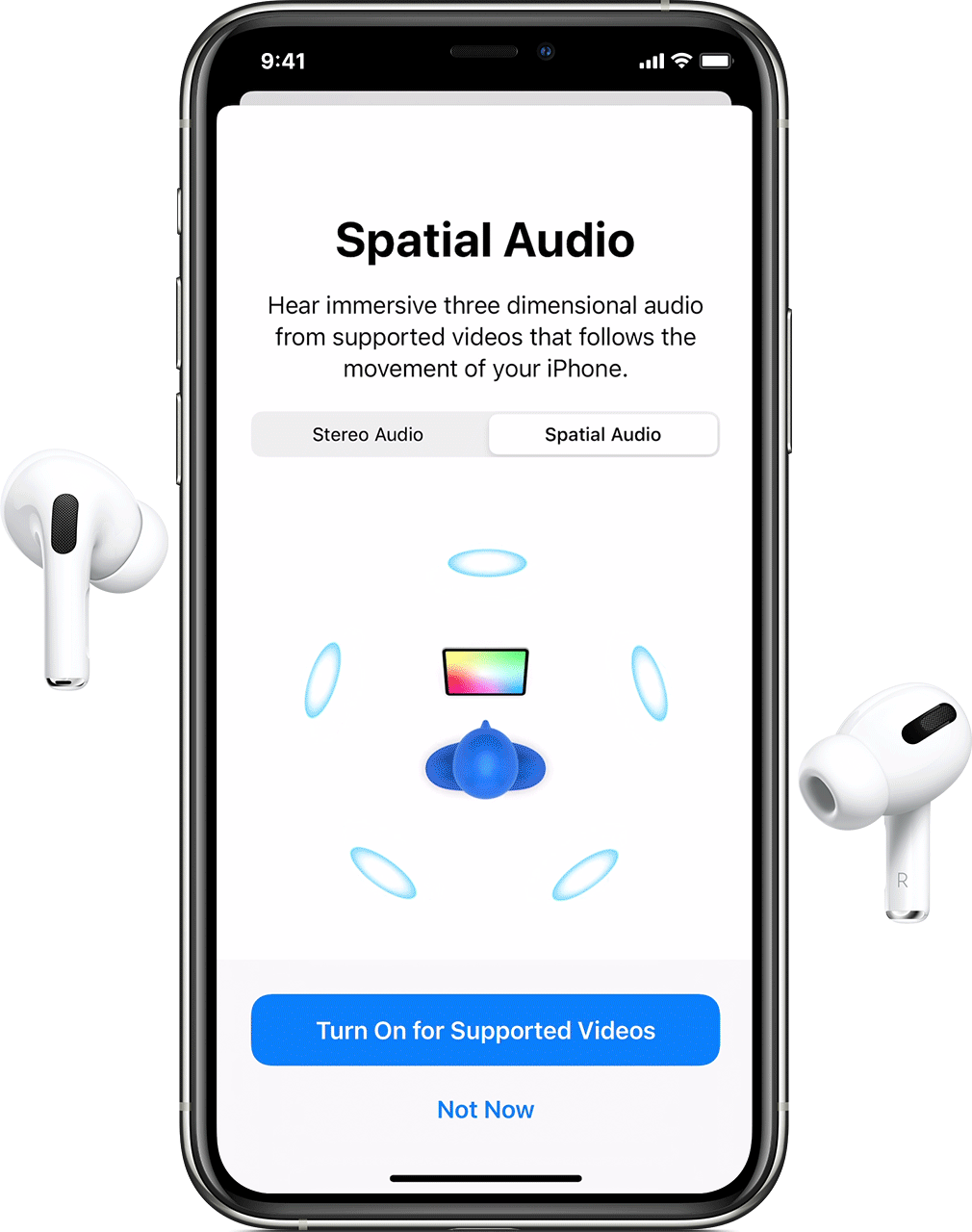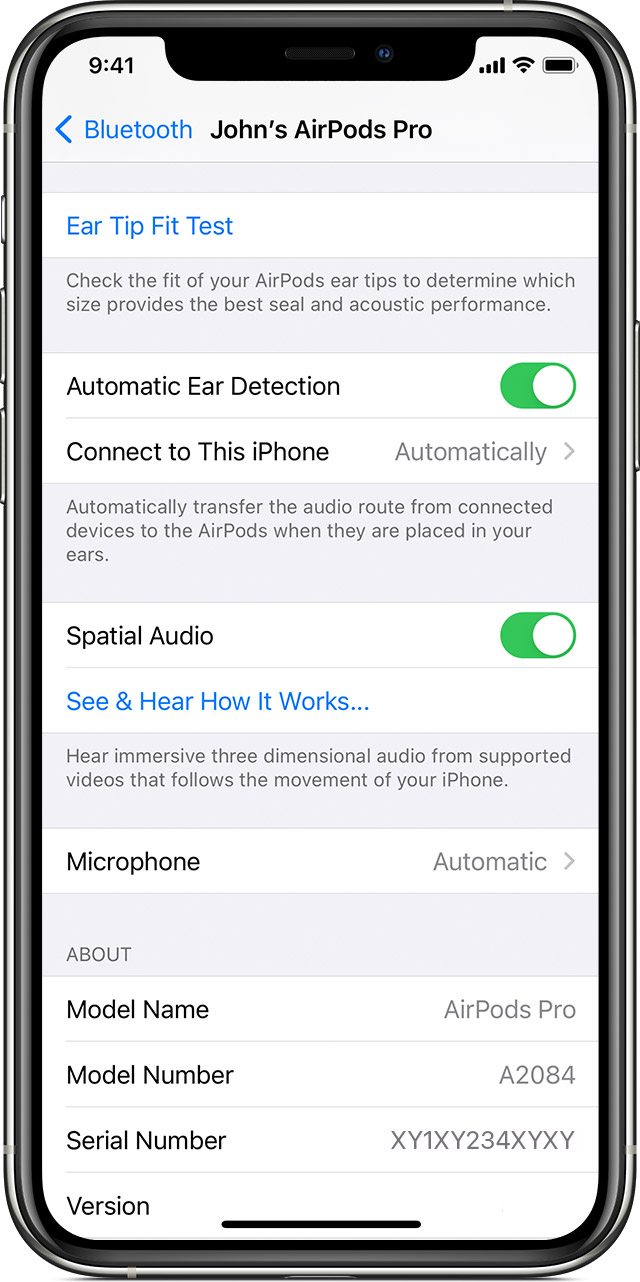The RS-232, RS-422 and RS-485 designations refer to interfaces for digital data transmission. The RS-232 standard is better known as a normal computer COM port or serial port (although Ethernet, FireWire and USB can also be considered as a serial port). The RS-422 and RS-485 interfaces are widely used in the industry for connecting various equipment.
The table shows the main differences between RS-232, RS-422 and RS-485 interfaces.
| Port name | RS-232 | RS-422 | RS-485 |
|---|---|---|---|
| Transfer type | Full duplex | Full duplex | Half duplex (2 wires), full duplex (4 wires) |
| Maximum distance | 15 meters at 9600 bps | 1200 meters at 9600 bps | 1200 meters at 9600 bps |
| Contacts in use | TxD, RxD, RTS, CTS, DTR, DSR, DCD, GND* | TxA, TxB, RxA, RxB, GND | DataA, DataB, GND |
| Topology | Point-to-Point | Point-to-Point | Multi-point |
| Max. Number of connected devices | 1 | 1 (10 devices in receive mode) | 32 (with repeaters larger, usually up to 256) |


Isolation voltage: 1500VDC voltage isolation, with continuous short circuit protection
Pin Definition: RXD,TXD,GND,VCC,P30(P30 is only for STC MCU)
TTL Level: 3.3V or 5V
USB interface: 2.0
The maximum speed: 3Mbps
About indicator LED:
PWM LED:Power Indicator
RXD LED:The data transmission indicator flashes when there is data from the USB port.
TXD LED:The data receiving indicator flashes when the USB port receives data.





